Radiation therapy is a powerful tool for fighting cancer, but it often comes with challenging side effects, particularly radiation burns and skin irritation. While some oncologists recommend steroidal creams to manage these effects, a growing body of research suggests that botanical-based treatments offer significant benefits without the downsides of steroids.
In this blog, we’ll explore the science behind steroids and botanicals, highlighting why Rejûvaskin’s Skin Recovery Cream, with its blend of powerful botanicals, is a better option for radiation relief.
The Downside of Steroidal Creams
Steroidal creams are widely used to reduce inflammation, but their mechanisms and side effects warrant careful consideration:
-
Temporary Symptom Relief
Steroids suppress the body’s inflammatory response, reducing redness and swelling. However, this effect is often temporary and doesn’t address the root cause of the problem. Steroidal treatments work by suppressing immune cells, which can compromise the healing process (Liu et al., 2020). -
Potential Side Effects
Prolonged use of steroidal creams can lead to thinning of the skin (atrophy), delayed wound healing, and even systemic absorption that can disrupt hormonal balance (Thiboutot et al., 2009). These effects make steroids less than ideal for managing long-term conditions like radiation burns.
Why Botanicals Are a Better Alternative
Botanicals, derived from natural sources, offer a safer and more holistic approach to treating radiation burns. Unlike steroids, botanicals work with the body to promote healing at the cellular level without suppressing essential immune functions.
Benefits of Botanical Ingredients
-
Support Natural Healing
Botanicals contain antioxidants, anti-inflammatory compounds, and nutrients that nourish the skin and repair damage. For instance, calendula oil is well-known for its wound-healing properties (Preethi et al., 2009). -
Safe for Prolonged Use
Unlike steroids, botanical creams can be used for extended periods without the risk of skin atrophy or systemic effects. This makes them ideal for patients undergoing weeks of radiation therapy.
What’s Inside Rejûvaskin’s Skin Recovery Cream?
Rejûvaskin’s Skin Recovery Cream combines powerful botanicals to target radiation damage and restore skin health. Here’s a closer look at the science behind its key ingredients:
-
Bamboo Extract
Rich in silica, bamboo extract strengthens the skin’s natural barrier, promotes hydration, and supports collagen production (Zhang et al., 2018). -
Glucosamine
A building block of healthy skin, glucosamine aids in cellular repair and reduces inflammation. It has been shown to improve skin elasticity and hydration (Ogawa et al., 2016). -
Pea Extract
Pea extract is rich in proteins and amino acids that help repair damaged skin cells and promote regeneration. -
Calendula Oil
Known for its anti-inflammatory and antimicrobial properties, calendula oil soothes irritated skin and accelerates wound healing (Preethi et al., 2009). -
Hyaluronic Acid
A powerhouse hydrator, hyaluronic acid locks in moisture and supports the skin’s natural healing processes. It is particularly effective in addressing dryness and peeling caused by radiation therapy (Pavicic et al., 2011). -
Aloe Vera
Renowned for its soothing properties, aloe vera reduces inflammation, hydrates the skin, and promotes cellular repair (Surjushe et al., 2008).
How Does Rejûvaskin’s Skin Recovery Cream Work?
Unlike steroids, which only mask symptoms, Rejûvaskin’s Skin Recovery Cream targets radiation damage at the cellular level. Its combination of botanicals:
-
Moisturizes deeply to prevent dryness and cracking.
-
Repairs cellular damage with nutrients and antioxidants.
-
Soothes inflammation to reduce discomfort and redness.
By addressing the root cause of radiation burns, this cream helps your skin heal faster, look healthier, and recover more completely than steroid-based treatments.
Unique Advantages of Rejûvaskin’s Skin Recovery Cream
-
Pre-Radiation Application
One key advantage is that you can begin using this cream before your radiation treatments start. Applying it at least one week prior prepares the skin, strengthens its barrier, and reduces the severity of burns. -
Safe for Long-Term Use
Because it’s steroid-free, this cream can be used daily without worrying about side effects like thinning skin or hormonal disruptions.
Steroidal creams may offer temporary relief, but they often come with long-term risks and don’t address the root cause of radiation burns. Rejûvaskin’s Skin Recovery Cream, with its powerful blend of botanicals, provides a safe, effective alternative that nourishes and heals your skin from within.
For those undergoing radiation therapy, starting a regimen with Skin Recovery Cream before treatment can make a significant difference in your skin’s health and recovery. Visit Rejûvaskin to learn more and take the first step toward healthier, more resilient skin.
Works Cited
-
Liu, J., Kim, K. (2020). Steroid-induced suppression of immune responses. Immunology Journal. Retrieved from link.
-
Preethi, K., Shobana, A. (2009). Calendula oil and wound healing. Journal of Natural Products. Retrieved from link.
-
Pavicic, T., Rich, J. (2011). Hyaluronic acid and skin hydration. Dermatologic Therapy. Retrieved from link.
-
Ogawa, Y., Yamamoto, K. (2016). Glucosamine and skin repair. Skin Research and Technology. Retrieved from link.
-
Zhang, L., Li, H. (2018). Bamboo extract and skin barrier repair. Journal of Dermatological Science. Retrieved from link.
-
Surjushe, A., Mahajan, V. (2008). Aloe vera and skin repair. Journal of Clinical Dermatology. Retrieved from link.
- Thiboutot, D., & Harper, J. (2009). Adverse effects of topical steroids. Dermatology Journal. Retrieved from link.
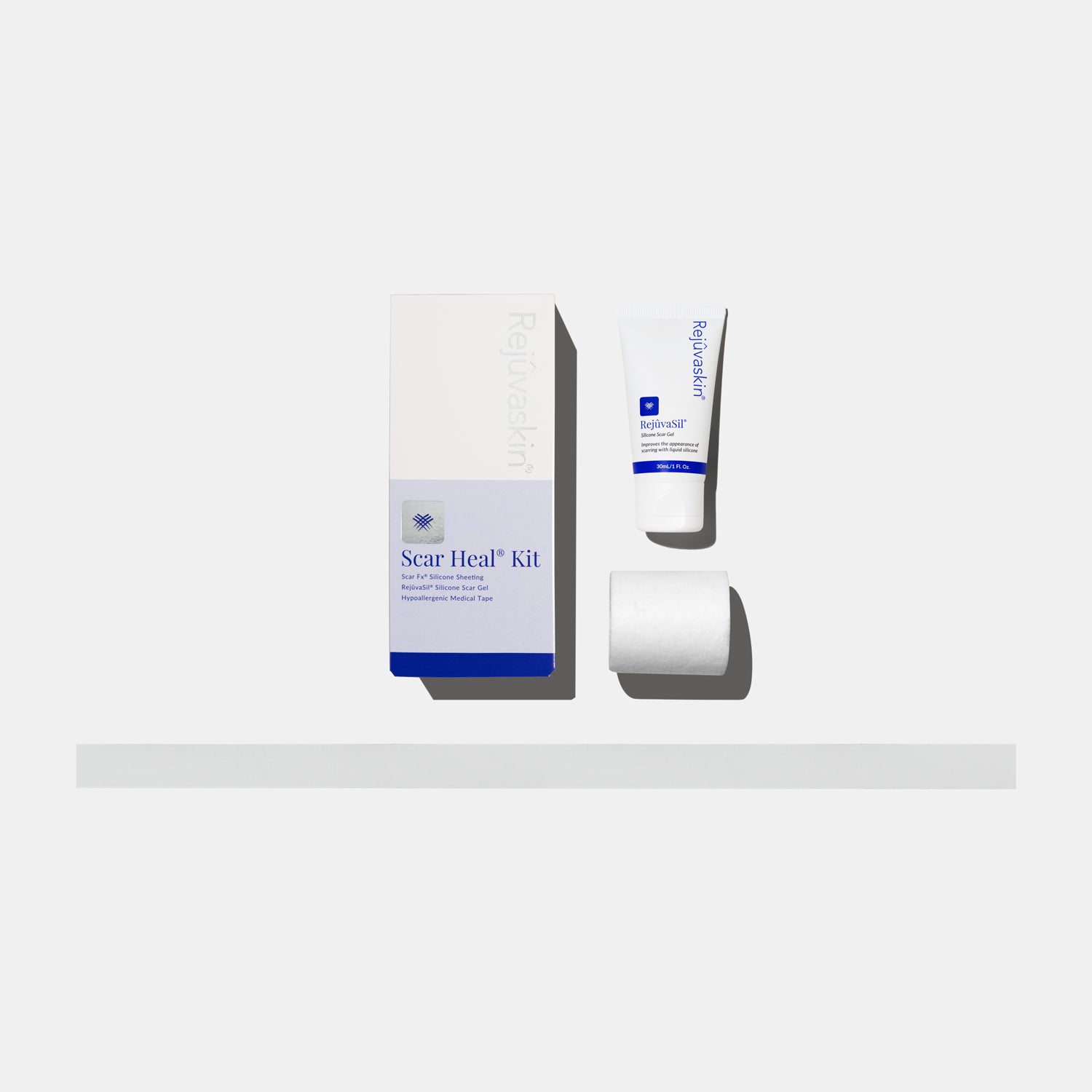


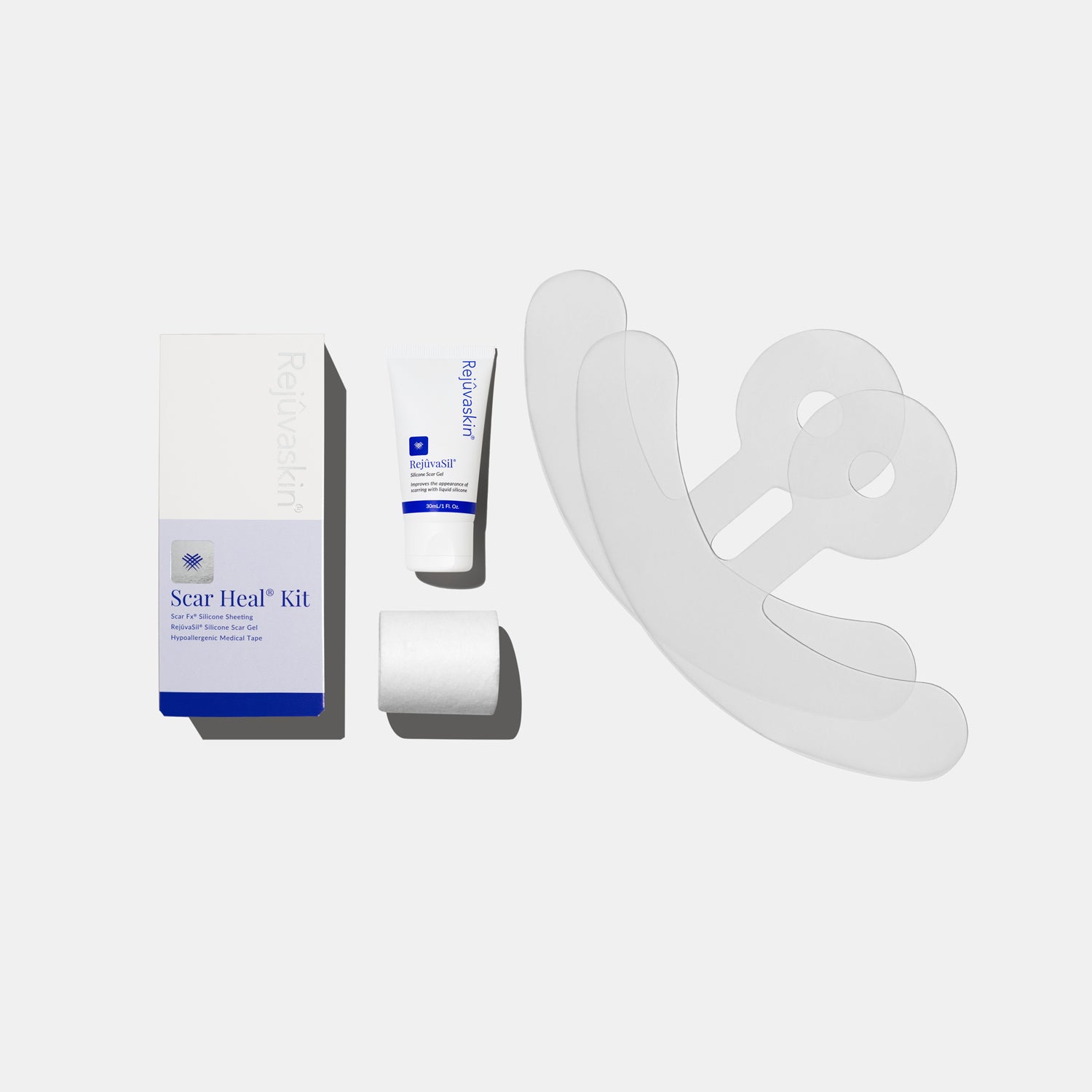
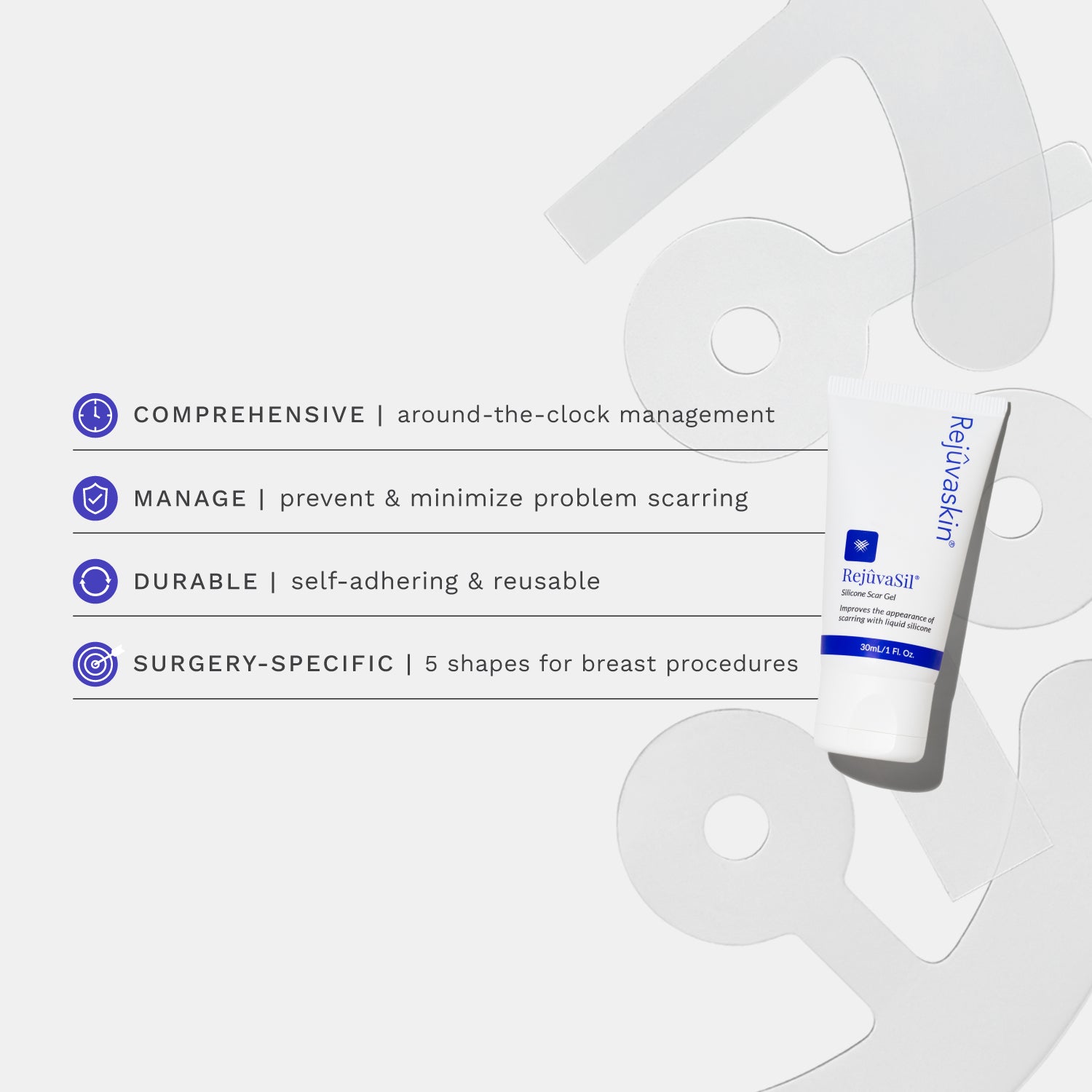
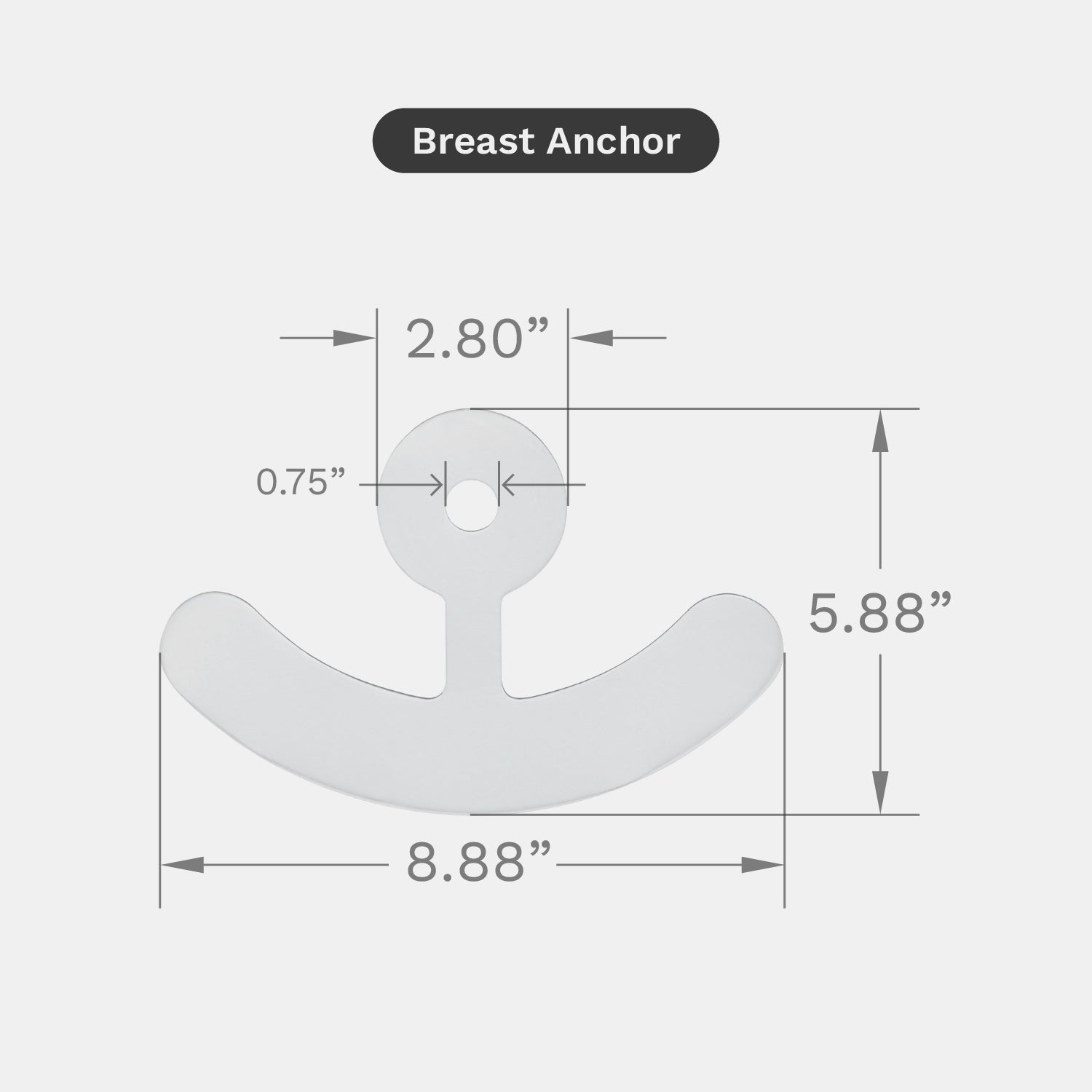
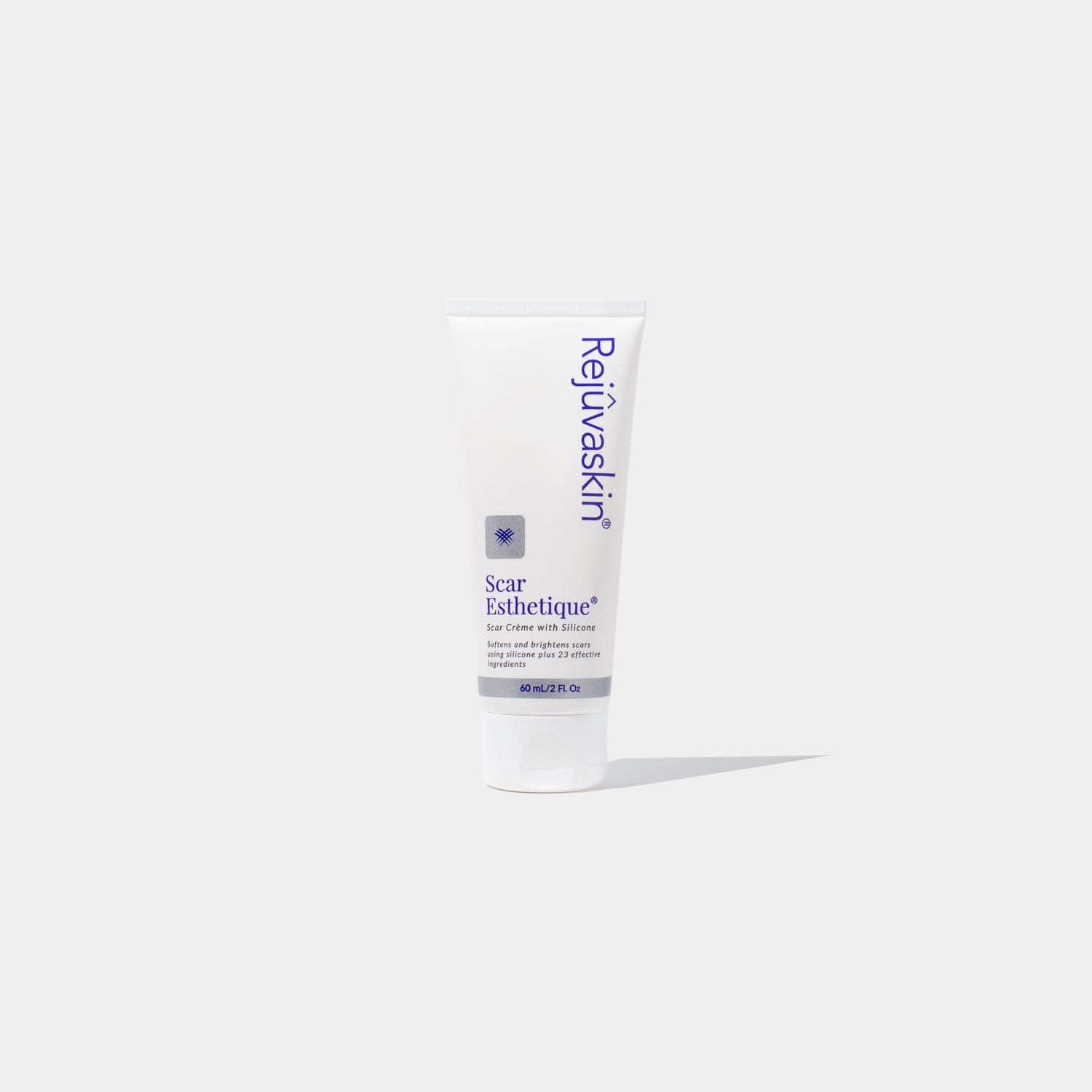
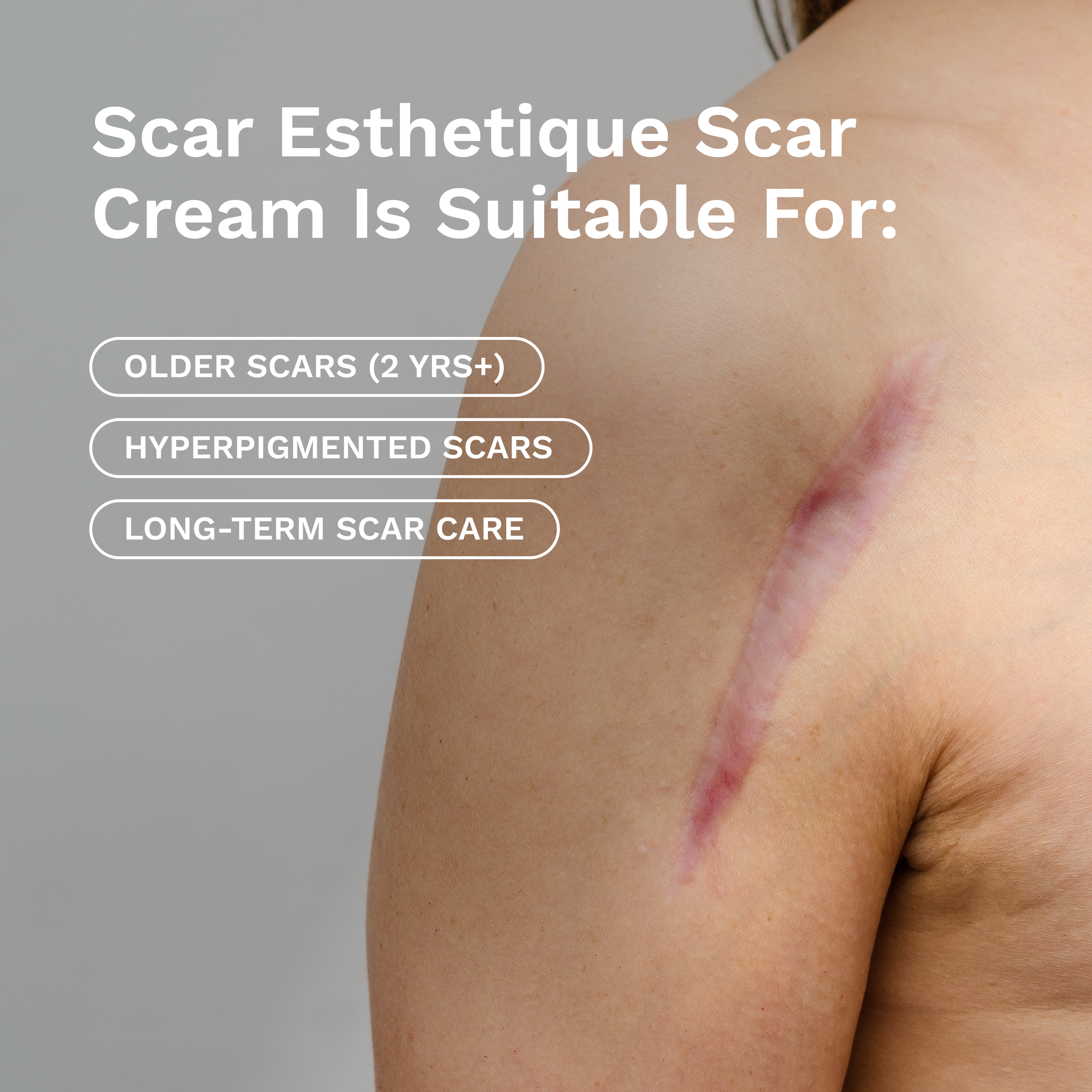








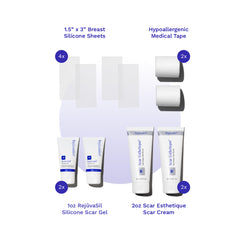
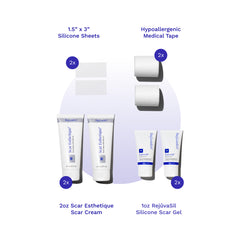

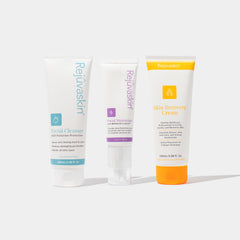

Leave a comment